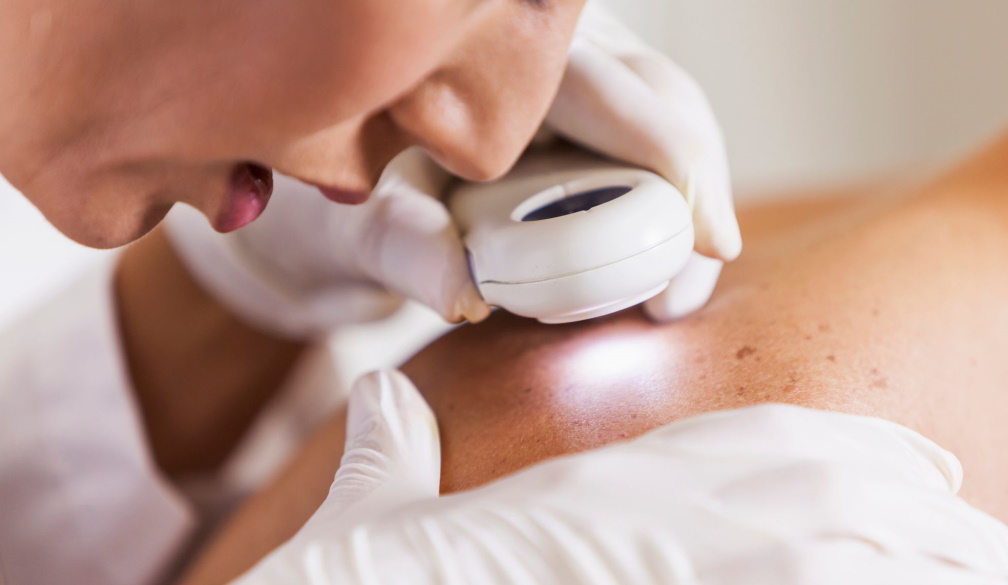Data indicates continuity of care between hospitals and general practice reduces ED visits
- Written by Associate Professor Charlotte Hespe

New analysis of combined data from NSW Health and general practice shows that patients who are promptly followed up by their GP after a hospital admission are much less likely to need to return to hospital.
The study analysed data in NSW Health’s Lumos program, which currently includes data from 23% of NSW practices and covers over half of NSW residents. The data is anonymised to prevent the identification of patients.
The analyses found that a visit to the GP in the first few days of discharge from an unplanned admission can substantially reduce the chance of that patient going back into hospital.
The research, conducted by NSW Health Lumos team, was presented at the Royal Australian College of General Practitioners (RACGP) annual conference GP22 on 26th November, by RACGP NSW Chair Associate Professor Charlotte Hespe and Dr Walid Jammal, a Sydney GP and member of the Strengthening Medicare Taskforce.
The study provides more evidence that patients need support and follow up care with their GP after an unplanned hospital visit, to help ensure they have the best possible health outcomes and don’t end up back in hospital.
Analyses of Lumos data also showed GPs have a strong impact on reducing the cost of healthcare. NSW Health explored “high-connectivity practices” – where more than 30% of patients have visited the practice at least 12 times over the previous two years.
Patients at high-connectivity practices overall had a 10% lower chance of an emergency department presentation and a 12% lower chance of an unplanned hospitalisation.
For each dollar paid through Medicare rebates at such practices there was a $1.60 benefit to the NSW Health system. But when accounting for patients’ ages, the benefit-cost ratio for younger patients becomes even higher.
Each dollar of Medicare rebate returned $3.24 in benefit for children aged 0-9, $1.96 for ages 10-19, $2.21 for 20-29 and $2.82 for people aged 30-39.
Other analysis of Lumos data found where a patient had received a chronic mental health diagnosis at a hospital, but it was not recorded at their general practice, they were 25% more likely to attend an emergency department in the following year than patients whose diagnosis has been recorded at their general practice for at least two years. Similarly, patients whose diabetes was first recorded in general practice were less likely to present to ED or be admitted to hospital.
Patients with chronic mental health conditions who also had two or more chronic physical conditions that were recorded at a hospital, but not their general practice, were 60% more likely to attend an emergency department than patients whose chronic conditions were recorded in their GP’s systems in the following 12 months.
Associate Professor Hespe, who is also Head General Practice and Primary Care Research at the University of Notre Dame’s School of Medicine Sydney, said the findings demonstrate the high value GPs provide to the health system and to patients.
“This research provides evidence of what GPs know: that good general practice improves patient health outcomes, and this reduces emergency presentations, unplanned admissions and readmissions to hospital,” she said.
“It’s clear GPs play a vital and high-value role in Australia’s health system, and it’s critical that there is good integration between hospitals and general practices.
“However, this research found a significant gap where practices do not have a record of a patient’s chronic conditions. Better continuity of care across the acute and primary care interfaces can significantly improve patient outcomes. It is also a strong argument for the use of de-identified patient data for cross-health sector linkage through Lumos.
“This study is also another example of why government support for patients after an unplanned hospital visit is so important. Because when GPs are informed that their patient has been in hospital and can provide follow up care, it helps ensure the patient has the best possible outcomes and doesn’t end up back in hospital.
“The RACGP is continuing to call on the government to provide funding for patients to see their GP within seven days of an unplanned hospital admission or emergency department presentation.”
“Where younger people are able to access a regular GP, they can develop a trusted relationship with strong continuity of care,” she said.
“This is particularly important in the context of mental health, which 71% of GPs said was among their top three most common presentations in the 2022 RACGP Health of the Nation survey, and a growing area for young people.
“Yet the available rebates for mental health items under the Medicare Benefits Schedule is lower than for the equivalent general consultation items. This research is even more evidence that Medicare rebates for mental health care need to increase to reflect the value that GPs deliver, especially where a patient’s mental health is concerned.”
The RACGP’s advocacy priorities include reforms to improve patient health outcomes in the short-term, including support for patients after an unplanned hospital visit, and enhanced primary care services for people over the age of 65, with mental health conditions and people with disability.
The advocacy priorities are drawn from the College’s Vision for general practice and a sustainable healthcare system (Vision), which outlines the need to restructure the healthcare system into one that prevents illness, and provides the right care for patients when and where they need it, and is sustainably funded into the future.
PricewaterhouseCoopers Consulting found that implementing The Vision would create substantial economic benefits by reducing the need for more expensive secondary care and improving the nation’s productivity through a healthier workforce.
The 2022 Health of the Nation survey is available online here.

















